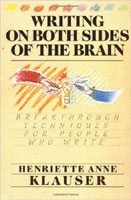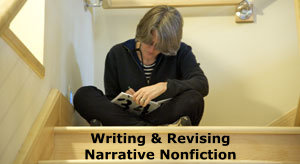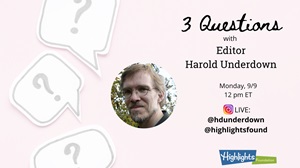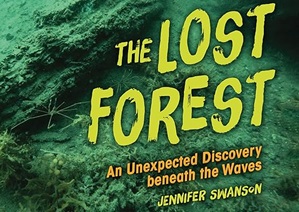 Last summer when I was working with a writer at a Highlights workshop, I gave her some advice that she found helpful. She just wrote to tell me she’d passed it on to someone else at another Highlights workshop, so I figure it’s worth writing about. And coincidentally, it just came up in my own life here in New York City.
Last summer when I was working with a writer at a Highlights workshop, I gave her some advice that she found helpful. She just wrote to tell me she’d passed it on to someone else at another Highlights workshop, so I figure it’s worth writing about. And coincidentally, it just came up in my own life here in New York City.
Last summer at our nonfiction workshop, Tracy was having trouble writing a picture book. She is an excellent adult writer and has written magazine articles for kids but had never written a picture book. Her idea was terrific and she knew how to structure it, but she couldn’t get the level right. After a couple of meetings, I suggested she picture a child she knew and go back to her cabin and tell the story to that child. At our next session, she showed me what she had done. She had written a picture book!

Sometimes people tell writers not to write for an imaginary reader (or your children or grandchildren), but to write for yourself. I think that’s excellent advice, up to a point. When you are writing the first draft of a book, you do want to write for yourself. Write from your heart, with your critic hiding in a dark closet. (For more about this, I suggest reading Writing on Both Sides of the Brain by Henriette Klauser.) If you are writing for children, access your inner child and write your draft for the four-year-old inside of you, or the seven-year-old, or the teenager.
But at certain stages it is extremely helpful to think of your reader, someone you don’t know, someone who doesn’t love you. I once attended an event hosted by Behind the Book, and the featured guest was Elizabeth Strout, the amazingly talented fiction writer. In a conversation with Meg Wolitzer, she said that when she writes, she has an ideal reader in mind. She makes up that reader. “I make up people all the time!” she said. Her reader is not someone who loves everything she’s written. Liz has to win over that reader; she has to persuade her reader into the story.
The day after I heard Elizabeth Strout speak, I had lunch with a few writer friends who’d been at the event too. We talked about whether or not we write for a reader. My friend Rebecca Stead said, brilliantly and succinctly, “I don’t write for the reader. But I do revise for the reader.”
(Judy Blundell always writes the high points of our lunches on the tablecloth—as long as it’s paper! Writing and photo by Judy Blundell )
And I realized that’s exactly what I do. First, I tell the story to myself. Then, when I revise (and revise and revise), I tell the story to my ideal reader or readers, usually someone I make up.
I recently finished a nonfiction YA about Vincent and Theo van Gogh. As I revised this manuscript, I had my ideal reader in mind: a teenage boy, long brown-blonde hair, guitar over his shoulder, red-leather blank book in his hand … Now, I hope many other kinds of people read the book, but he was the one I wanted to win over.
Vincent, by the way, kept his viewer in mind, too. He knew that he was making art to be looked at, not to be left in an attic somewhere. He thought about how people would react when he was making a painting or a drawing, though he was always true to his own vision. When he finished a painting he liked, he would often make a sketch of it to send to his brother Theo, or to a friend, to show what he had done. Sometimes when he made that sketch, he would alter it to be more in the style that particular viewer would enjoy.
One eye to the art, one eye to the viewer.
So here’s my advice: When you revise your next manuscript, create your ideal reader. When you create that ideal child reader, keep in mind what the great E.B. White said in 1969, in his Paris Review interview: “Anyone who writes down to children is simply wasting his time. You have to write up, not down. Children are demanding. They are the most attentive, curious, eager, observant, sensitive, quick, and generally congenial readers on earth. They accept, almost without question, anything you present them with, as long as it is presented honestly, fearlessly, and clearly.”
Let me know how it goes!








